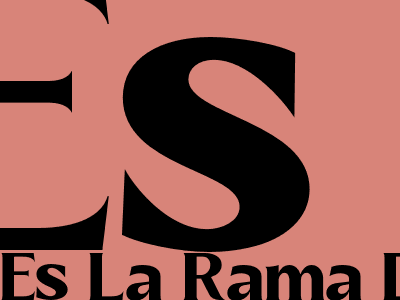
Es La Rama De La Filosofía Que Se Interesa Por Las Problemáticas Relacionadas Con El Arte Y Con La Belleza.
Esthetics: Exploring the Philosophical Realm of Art and Beauty
Introduction
Esthetics, a branch of philosophy, delves into the profound questions surrounding art and beauty. It examines the nature, purpose, and value of artistic creations, as well as our perceptions and experiences of them.
The Nature of Art
Esthetics grapples with the fundamental question: What is art? It explores the boundaries between art and other forms of human expression, considering the role of intention, creativity, and originality. Theories range from defining art as a representation of reality to viewing it as an expression of emotions or a means of communication.
The Concept of Beauty
Beauty, a central concern in esthetics, encompasses both objective and subjective dimensions. Philosophers debate whether beauty is an inherent quality of objects or a response evoked by our senses and emotions. Theories span from the Platonic ideal of beauty to the Kantian notion of beauty as a harmonious arrangement of parts.
Objective Theories of Beauty
- Beauty exists independently of human perception.
- Examples: Symmetry, golden ratio, natural harmony.
Subjective Theories of Beauty
- Beauty is a product of personal experiences and preferences.
- Examples: Cultural influences, emotional associations, learned responses.
The Value of Art
Esthetics investigates the intrinsic and instrumental value of art. It examines whether art has inherent worth or serves a purpose beyond its own existence. Theories vary widely, from the utilitarian view of art as a means to practical ends to the intrinsic value theory, which holds that art has value in itself, regardless of its usefulness.
Intrinsic Value Theory
- Art is valuable for its own sake.
- Reasons: Aesthetic pleasure, emotional resonance, intellectual stimulation.
Utilitarian Theory
- Art serves a purpose beyond its own existence.
- Examples: Education, entertainment, social commentary.
Conclusion
Esthetics invites us to ponder the profound nature of art and beauty, illuminating our understanding of the human experience. It challenges us to question our assumptions about what constitutes art, the essence of beauty, and the value we ascribe to creative endeavors. Through its inquiry, esthetics enriches our appreciation of the arts and fosters a deeper understanding of the human condition.
Komentar